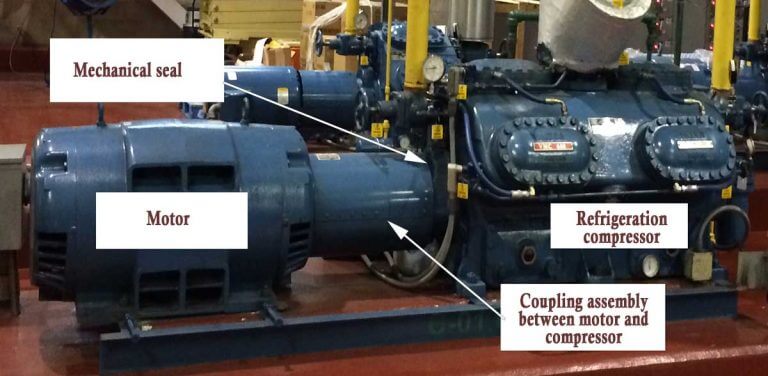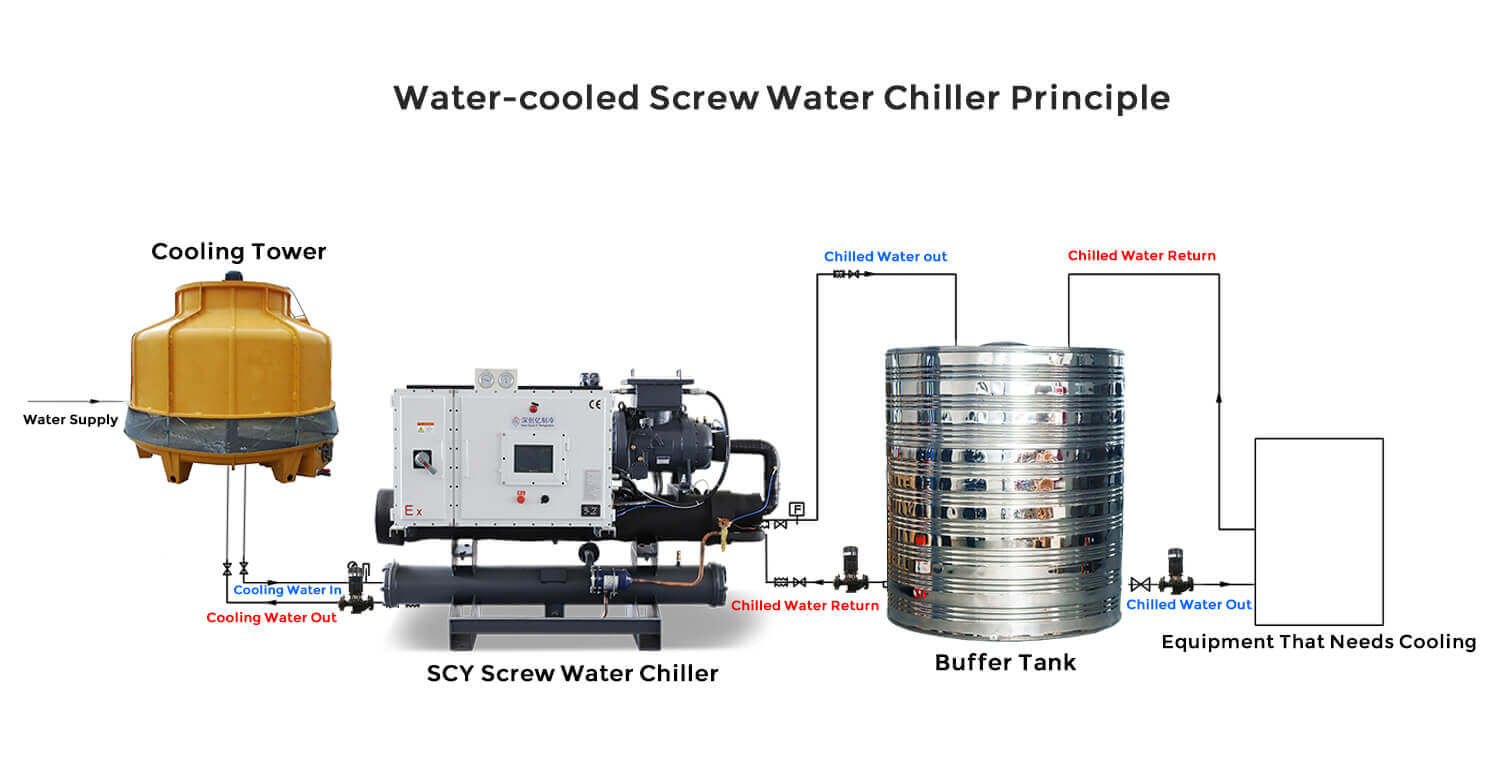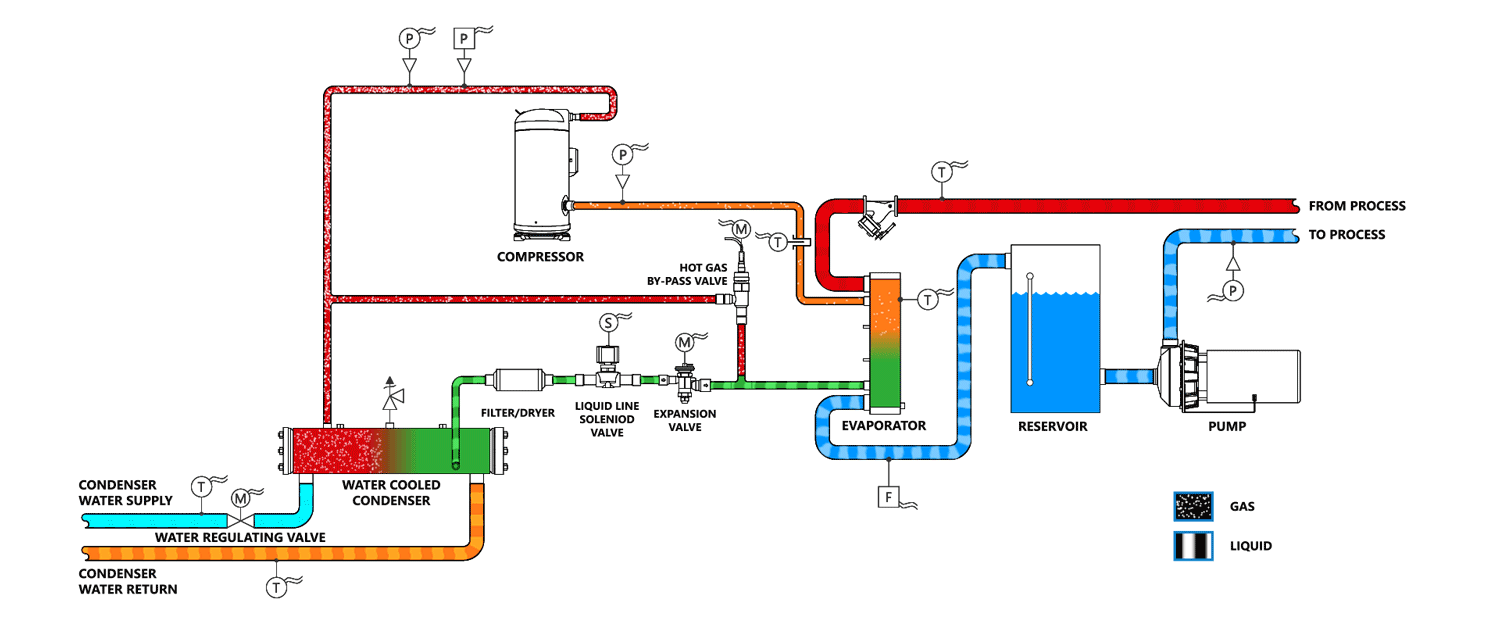Picture this: every time you grab frozen pizza from the supermarket or get a vaccine at the hospital, there’s an invisible giant working behind the scenes. Industrial refrigeration isn’t just “bigger fridges” – it’s the unsung hero making modern life possible. Let’s pull back the curtain on how these systems work, why they matter, and what makes them tick.
What Is Industrial Refrigeration?

Industrial refrigeration is like the Olympic athlete of cooling – built for extreme endurance and heavy lifting. While your kitchen fridge handles a six-pack and leftovers, these systems:
- Cool spaces bigger than football fields (we’re talking -80°F/-62°C freezers)
- Move heat equal to 500 homes’ AC systems… every single hour
- Run 24/7 for decades with military precision (±1°F temp control)
The secret sauce? A carefully choreographed dance of refrigerants like ammonia (cheap but feisty), CO₂ (eco-warrior choice), and synthetic fluids. Each plays specific roles in industries from pharma labs to ice cream factories.
How Does Industrial Refrigeration Work?

The process hinges on a refrigeration cycle, a closed-loop system with four main stages. Here’s how it unfolds:
- การบีบอัด: The cycle starts with a compressor—often a scroll, screw, or reciprocating type—squeezing low-pressure refrigerant gas into a high-pressure, high-temperature state. This step requires energy, typically from an electric motor, and generates heat as a byproduct.
- การควบแน่น: The hot, pressurized gas flows into a condenser, where it releases its heat to the surroundings—either air or water, depending on the system. As it cools, the refrigerant condenses into a high-pressure liquid, ready for the next phase.
- การขยายตัว: The liquid refrigerant passes through an expansion valve, a small restriction that drops its pressure suddenly. This causes it to expand and cool dramatically, turning into a cold, low-pressure mix of liquid and gas—sometimes as low as -40°F (-40°C) for industrial needs.
- การระเหย: This cold mixture enters an evaporator, where it absorbs heat from the space or product being cooled (e.g., a freezer room or a chemical reactor). As it warms up, it evaporates fully into a gas, completing the cycle and returning to the compressor.
This continuous loop moves heat out of the target area and dissipates it elsewhere, often with remarkable efficiency. For example, a single industrial system might remove 500 tons of heat per hour—equivalent to cooling 500 homes!
Key Components of Industrial Refrigeration Systems

Each part plays a critical role:
- คอมเพรสเซอร์: The powerhouse that drives the cycle. Screw compressors dominate large systems for their high capacity (up to 1,000 tons), while scroll compressors suit smaller setups with their quiet efficiency.
- คอนเดนเซอร์: Rejects heat to the environment. Air-cooled condensers use fans for simplicity, while water-cooled versions (paired with cooling towers) excel in hot climates or high-volume operations.
- วาล์วขยาย: Controls refrigerant flow and pressure drop. Thermostatic valves adjust dynamically to load changes, ensuring precise cooling.
- เครื่องระเหย: Absorbs heat from the target. In cold storage, it’s often a coil with fans blowing air over it; in process cooling, it might be a plate heat exchanger chilling a liquid directly.
- Piping and Controls: Insulated pipes circulate refrigerant, while sensors and PLCs (programmable logic controllers) monitor pressure, temperature, and flow for optimal performance.
Some systems add extras like economizers—devices that pre-cool refrigerant—to boost efficiency, or oil separators to keep compressors running smoothly in ammonia setups.
Types of Industrial Refrigeration Systems
Industrial setups vary by design and purpose:
- Vapor Compression: The most common, using compressors to cycle refrigerant. It’s versatile, powering everything from meat freezers to ice rinks.
- Absorption Refrigeration: Uses heat (e.g., from steam or waste gas) instead of mechanical compression, ideal for facilities with excess heat to repurpose.
- Cascade Systems: Combine two refrigerants (e.g., CO₂ and ammonia) for ultra-low temperatures, like -80°F (-62°C), used in pharmaceutical storage or blast freezing.
Each type balances cost, efficiency, and environmental impact. Ammonia, for instance, offers excellent heat transfer and zero global warming potential (GWP), but its toxicity demands strict safety measures.
Why Industrial Refrigeration Matters
These systems are indispensable across industries:
- อาหารและเครื่องดื่ม: Cold storage warehouses keep produce fresh, while blast freezers lock in flavor for seafood or ice cream. A single facility might store 50,000 tons of frozen goods at -20°F (-29°C).
- เภสัชกรรม: Vaccines and biologics need precise chilling—sometimes down to -112°F (-80°C)—to stay effective, a task cascade systems handle with ease.
- Chemical Processing: Reactors generating heat (e.g., in plastic production) rely on refrigeration to maintain safe operating conditions.
- Ice Production: From hockey rinks to fish markets, industrial chillers produce ice in bulk, often using evaporators embedded in rink floors.
Consider a dairy plant: milk arrives at 95°F (35°C) and must cool to 39°F (4°C) within hours to prevent spoilage. An industrial chiller with a plate evaporator can process thousands of gallons daily, ensuring safety and quality.
Conflusion
Industrial refrigeration is more than just big fridges—it’s a sophisticated blend of engineering and physics keeping our world running. From preserving food to enabling cutting-edge manufacturing, these systems deliver scale, precision, and reliability. Whether you’re designing a new facility or maintaining an existing one, understanding the basics can unlock smarter solutions. Ready to dive deeper? Consult an industrial refrigeration expert to tailor a system that meets your needs—and keeps the cold where it belongs!
